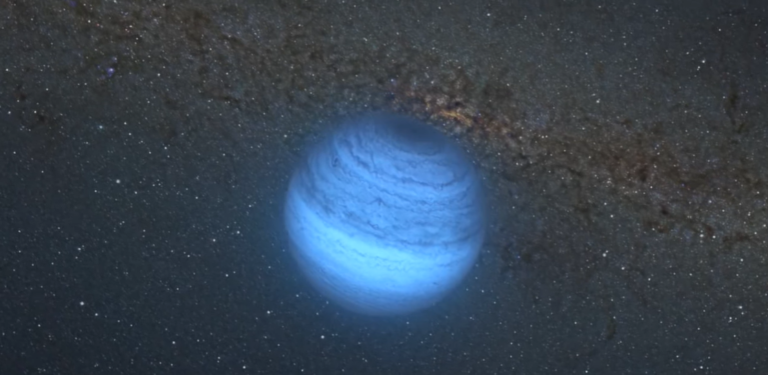Beyond Pluto, Alien Planets of Mars Size Might Exist
The outer regions of the Solar System can be likened to an unexplored wilderness, far removed from the Sun’s reach. Due to this vast distance, our telescopes are unable to provide a clear view of what lies beyond; leaving us to speculate about the peculiar entities that may exist within the farthest reaches of the planetary disk.
We are aware of the presence of a collection of small, icy rocks that extend beyond Neptune’s orbit, known as the Kuiper Belt. Within this belt, we find dwarf planets such as Pluto, Eris, and Haumea. However, beyond this lies the hypothetical Oort Cloud, an immense spherical expanse of small rocks encompassing the entire Solar System. The true extent of this cloud remains unknown.
It is within the Oort Cloud that we believe long-period comets, which take an extended period to orbit the Sun, originate. Yet, there is a tantalizing possibility that other entities may be concealed within this enigmatic realm. One such possibility is the existence of planets originating from distant stars, rather than our own.
Amir Siraj, a theoretical astrophysicist from Princeton University, has undertaken calculations to determine the potential number of these alien planets that elude our detection. According to his mathematical estimations, there could be approximately 1.2 planets with a mass greater than Mars, 2.7 planets with a mass comparable to Mars, and 5.2 planets with a mass similar to that of Mercury.
While these figures are merely educated conjectures based on previous assumptions, the notion of a solitary hidden world that has traversed vast distances from a distant star is undeniably captivating.
The exploration of this concept originated with the discovery of what we refer to as free-floating or rogue planets, which was first published in 2000. These planets have become detached from their parent stars and have been expelled from their respective solar systems, wandering aimlessly through the galaxy. It is believed that gravitational interactions easily lead to the instability required for such occurrences, resulting in a multitude of planets hurtling through the vast expanse of space.
The prevalence of this phenomenon remains uncertain, however, our ability to detect these solitary planets is improving, resulting in more accurate estimations of their numbers.
What adds further intrigue is the possibility that these planets may not remain unattached indefinitely. If they come too close to a star, they can be pulled in by its gravitational force. We have observed similar occurrences on a smaller scale, with Jupiter appearing to be quite the celestial thief, snatching up space rocks left and right.
Siraj was curious about the likelihood of this happening to our own Sun. To investigate, he began by estimating the number of rogue planets in the Milky Way and the percentage of stars that are likely to capture such planets. Using this data, he calculated the probability of these planets passing close enough to our Solar System to be captured by the Sun’s gravity.
His calculations revealed a rather high probability that a planet, ranging in mass from that of Mercury to Earth, exists somewhere out there, quietly existing in the frigid darkness.
“In our paper, we have demonstrated, through a straightforward theoretical argument, that terrestrial planets captured by the Sun are likely to exist in the outer regions of the solar system,” he states.
Additional research should encompass more comprehensive simulations that investigate the capture and long-term retention of both free-floating planets and planets gravitationally bound to other stars. Furthermore, simulations can provide insights into the probability distribution of the orbital plane and position in the sky for captured planets. Moreover, future investigations should explore alternative observational methods to confirm the presence of captured planets.
Furthermore, the possibility of detecting these captured planets using the Vera C. Rubin Observatory, which is presently being built in Chile and anticipated to initiate scientific operations in 2025, is mentioned. If fortuitously positioned in the sky, these captured planets may be observable through this observatory.
The paper has been published in The Astrophysical Journal Letters.
Do not forget to share your opinion with us to provide you with the best posts !




0 Comments